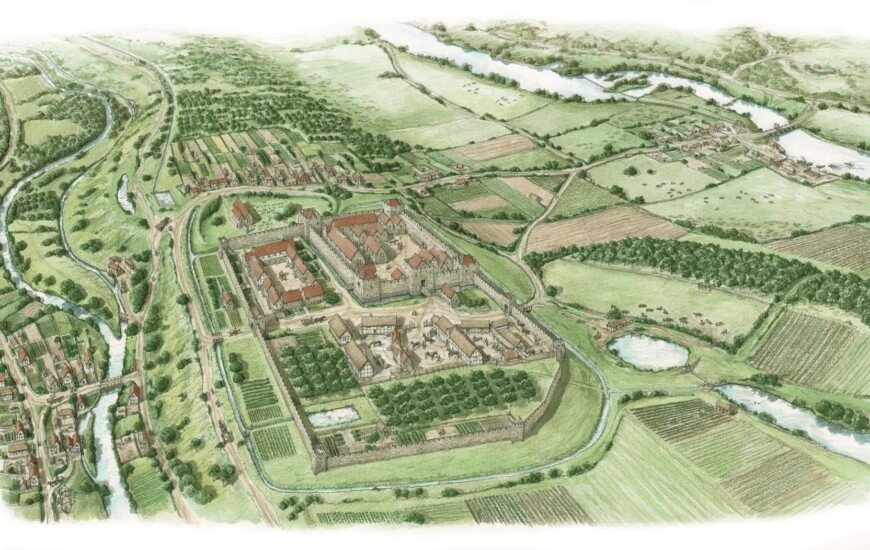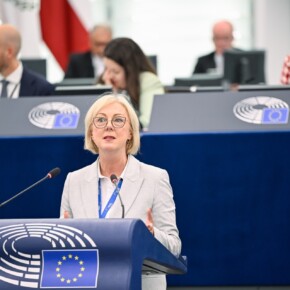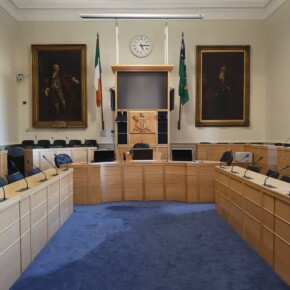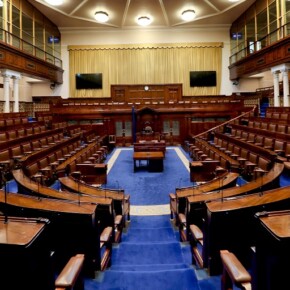DCC unveils artist’s reconstruction of medieval priory in Kilmainham
Padraig Conlon 30 Sep 2022
Dublin City Council and partners have announced the digital launch of the artist’s reconstruction of St John’s Priory, Kilmainham by Stephen Conlin, as part of the Dublin Festival of History 2022.
During the Covid-19 lockdown, a group of historians and archaeologists, led by Dublin City Council, worked together online with artist Stephen Conlin to create a reconstruction drawing of St John’s Priory Kilmainham at its height in the mid-fourteenth century c.1340.
The drawing went through a series of carefully considered design stages, stimulating lively discussion and learning between experts of different disciplines.
For almost 400 years (c.1174 to 1540) the Knights of St John of Jerusalem kept a priory with a headquarters in Kilmainham, Dublin.
This monastic house, which lay approximately two kilometres west of the medieval city, was the main residence in Ireland of the Knights Hospitaller who came to Ireland at the time of the Anglo-Norman Invasion.
The priory’s early history and topography are shrouded in mystery, but a fourteenth-century source provides valuable evidence of the impressive structure, architecture and layout of the monastery at its economic peak.

St John’s Priory
The priory and headquarters were ruined during the Reformation and finally demolished at the end of the seventeenth century to build the Royal Hospital.
Nothing survives of it above ground, so that most visitors to IMMA are unaware of its existence.
Dr Ruth Johnson, Dublin City Council’s City Archaeologist said: “It’s incredible to think that the crusader knights had an HQ at Kilmainham for four almost hundred years.
“The reconstruction has been like detective work as there is nothing to show for it above the ground. Dublin City Council funded the reconstruction and we worked in partnership with IMMA, the OPW and the team of expert volunteers to share knowledge and learn about this hidden aspect of Dublin’s heritage.
“Stephen Conlin’s attention to historical detail is exceptional, and his artistic observations are superb – you can even see the tracks of the horses in the yard.
“The team is really looking forward to seeing how Stephen’s beautiful reconstruction drawing is received by visitors to the site.’
The image will be freely available in digital form for educational use.
Its publication via social media and in academic works aims to raise visitor awareness of the site’s unique history and trigger future academic research and debate.











